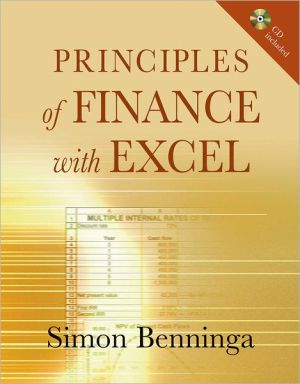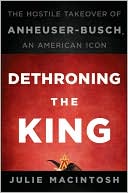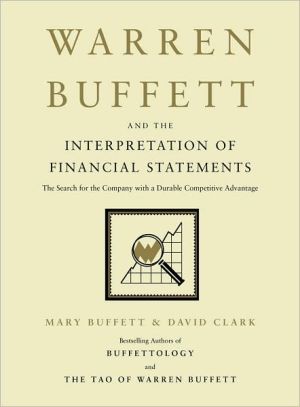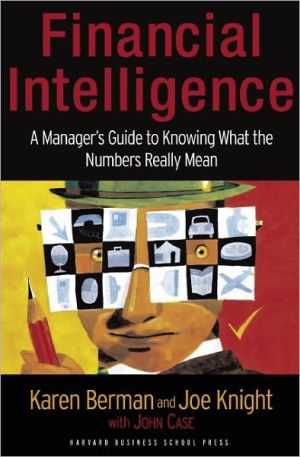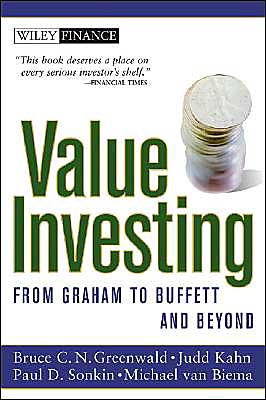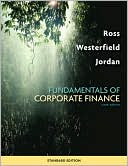Principles of Finance with Excel
Principles of Finance with Excel is the first textbook that comprehensively integrates Excel into the teaching and practice of finance. This book provides exceptional resources to the instructor and student, combining classroom-tested pedagogy with the full potential of Excel's powerful functions.\ In today's business world, computation is done almost wholly in Excel. Excel's ability to combine graphics with computation and perform complex sensitivity analysis with ease provides potent...
Search in google:
Principles of Finance with Excel is the first textbook that comprehensively integrates Excel into the teaching and practice of finance. This book provides exceptional resources to the instructor and student, combining classroom-tested pedagogy with the full potential of Excel's powerful functions.In today's business world, computation is done almost wholly in Excel. Excel's ability to combine graphics with computation and perform complex sensitivity analysis with ease provides potent insights into financial problems. Despite this, most finance texts rely heavily on hand-held calculators and ignore Excel. As a result, many students find that after they enter the professional environment, they have to relearn both finance and Excel.Principles of Finance with Excel is ideal for undergraduate courses in introductory finance or as a reference for finance professionals. A Free In-Text CD for students contains electronic versions of all spreadsheets in the book. A Companion Website — http://www.oup.com/us/benninga — contains lecture notes, PowerPoint Slides, and a Test Bank for instructors.
Ch. 1Introduction to finance3Ch. 2Business organization and taxes11Ch. 3An accounting primer29Ch. 4Cash management with Excel53Ch. 5The time value of money75Ch. 6What does it cost? : applications of the time value of money128Ch. 7Introduction to capital budgeting158Ch. 8Issues in capital budgeting193Ch. 9Choosing a discount rate237Ch. 10Using financial planning models for valuation268Ch. 11What is risk?311Ch. 12Statistics for portfolios337Ch. 13Portfolio returns and the efficient frontier377Ch. 14The capital asset pricing model (CAPM) and the security market line (SML)407Ch. 15Using the security market line (SML) to measure investment performance442Ch. 16The security market line (SML) and the cost of capital465Ch. 17Efficient markets - some general principles of security valuation495Ch. 18Bond valuation520Ch. 19Valuing stocks553Ch. 20Capital structure and the value of a firm581Ch. 21The evidence on capital structure626Ch. 22Dividend policy642Ch. 23Introduction to options663Ch. 24Option pricing facts702Ch. 25Option pricing - the Black-Scholes formula721Ch. 26The binomial option pricing model745Ch. 27Introduction to Excel767Ch. 28Graphs and charts in Excel792Ch. 29Excel functions813Ch. 30Data tables841Ch. 31Working with dates in Excel852Ch. 32Using goal seek and solver864Ch. 33Data manipulation in Excel872Ch. 34Using Excel information in Word documents891
